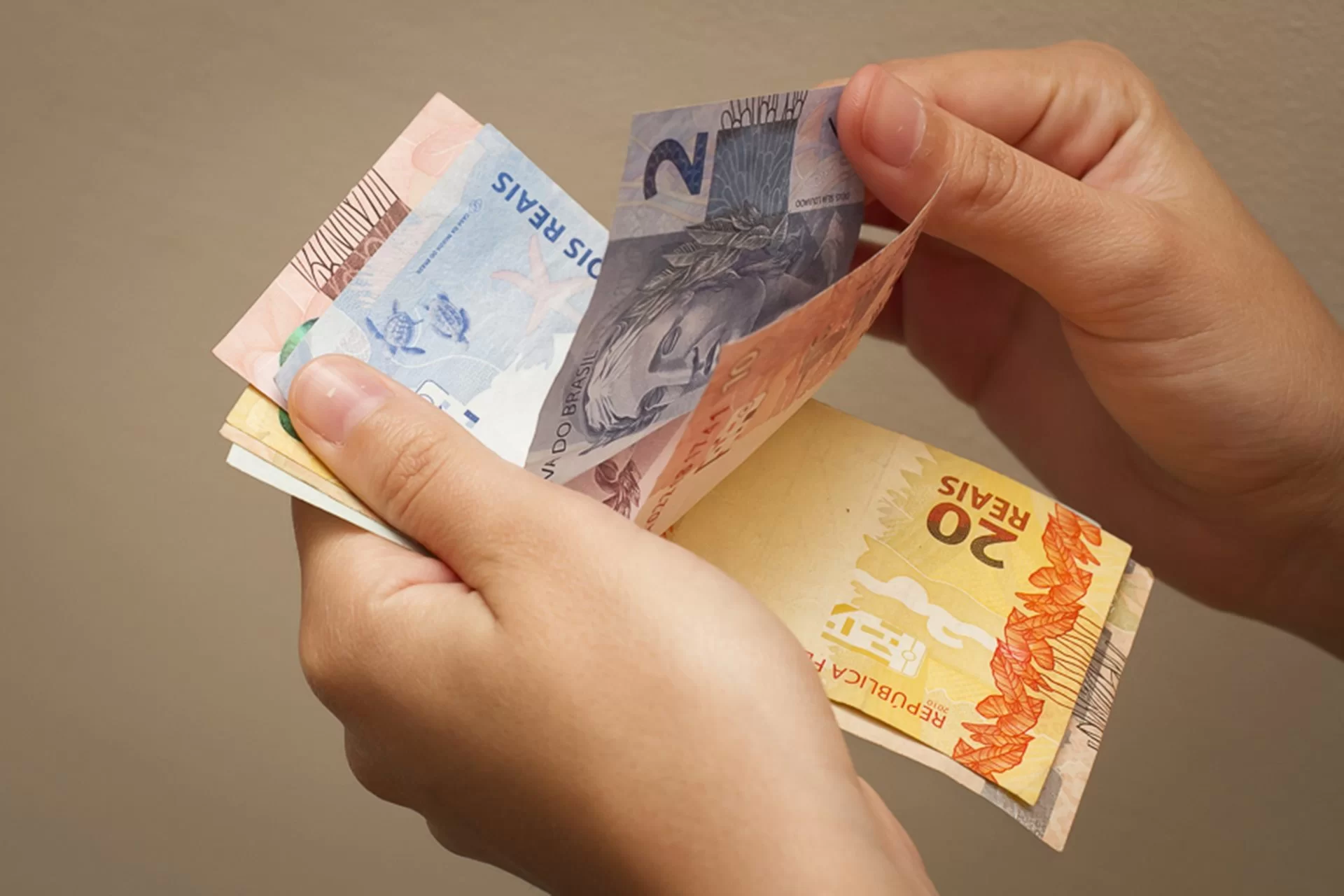
In recent weeks, the Brazilian real has experienced significant volatility, particularly following a notable surge in the value of the U.S. dollar. The dollar’s appreciation, rising by 1.2% to R$ 5.91, is primarily attributed to escalating tensions stemming from a trade war initiated by the United States under the administration of President Donald Trump. This article delves into the dynamics of these trade tensions and their implications for global markets, particularly in emerging economies like Brazil.
Understanding the Context: The U.S.-China Trade War
The trade conflict between the U.S. and China, which began in earnest in 2018, has had far-reaching implications for international trade and economic stability. The U.S. implemented tariffs on a wide array of Chinese goods, leading to retaliatory measures from China. These actions have created a climate of uncertainty, prompting traders and investors to reevaluate their positions globally.
As the world’s largest economies engage in this trade dispute, the repercussions are felt far beyond their borders. Emerging markets, including Brazil, are particularly susceptible to the ripple effects of these tensions. The real’s depreciation against the dollar reflects investor concerns over economic slowdown, not only in China but also in the U.S. and other key markets.
The Role of the U.S. Dollar
The U.S. dollar is often regarded as a safe-haven currency during times of geopolitical and economic uncertainty. When trade tensions escalate, investors tend to flock to the dollar, driving its value up. This phenomenon is exacerbated by the fact that the U.S. economy is viewed as relatively more stable compared to many emerging markets. Consequently, as the dollar strengthens, currencies like the Brazilian real often weaken, leading to increased exchange rates.
The recent 1.2% rise in the dollar’s value against the real signifies heightened stress in the market. Traders are closely monitoring President Trump’s tariff plans, which have the potential to further exacerbate global economic instability. The unpredictability of U.S. trade policies creates a challenging environment for investors, who must navigate the implications of potential recessions in both the U.S. and other economies.
The Implications for Brazil
For Brazil, the depreciation of the real has multifaceted implications. On one hand, a weaker currency can make Brazilian exports more competitive on the global stage, as they become cheaper for foreign buyers. This could potentially boost the country’s trade balance and stimulate economic growth. However, there are significant downsides to consider.
A weaker real also means that imports become more expensive, leading to higher costs for consumers and businesses that rely on foreign goods. This inflationary pressure can dampen domestic consumption and investment, hindering economic growth. Moreover, Brazil’s heavy dependence on foreign investment makes it vulnerable to capital flight during times of uncertainty, as investors seek refuge in stronger currencies like the dollar.
The Market’s Response
In response to the rising tensions and the strengthening dollar, Brazilian traders have been particularly cautious. The uncertainty surrounding U.S. trade policies has led to increased volatility in the Brazilian financial markets. Investors are weighing the potential for further tariffs and their implications for global economic growth. This caution is reflected in the fluctuating value of the real, which has been subject to rapid changes in response to news from the U.S. and China.
Moreover, the Brazilian central bank faces a challenging task in navigating this complex landscape. While it may consider interventions to stabilize the real, it must also be mindful of domestic economic conditions. With inflation concerns on the rise, the central bank’s monetary policy decisions will be closely scrutinized by both local and international investors.
Looking Ahead: Future Considerations
As the situation continues to evolve, several factors will play a crucial role in determining the future trajectory of the Brazilian real. First and foremost, the outcome of the U.S.-China trade negotiations will significantly impact global market sentiment. A de-escalation of tensions could lead to a stabilization of the dollar and a potential strengthening of the real.
Additionally, Brazil’s domestic economic policies will be pivotal in shaping investor confidence. The government’s ability to implement reforms aimed at improving fiscal health and promoting growth will be essential in attracting foreign investment. Furthermore, monitoring inflation trends and adjusting monetary policy accordingly will be crucial for the central bank.
Conclusion
The recent surge of the U.S. dollar against the Brazilian real highlights the intricate interplay between global trade tensions and currency markets. As traders and investors navigate this complex environment, the implications for Brazil are significant. While there are opportunities for export-led growth, the challenges posed by a weaker currency and rising inflation cannot be overlooked. The coming months will be critical in determining how these factors unfold and their ultimate impact on the Brazilian economy. As the world watches the developments in the trade war, Brazil must strategically position itself to mitigate risks and capitalize on potential opportunities in the face of uncertainty.
